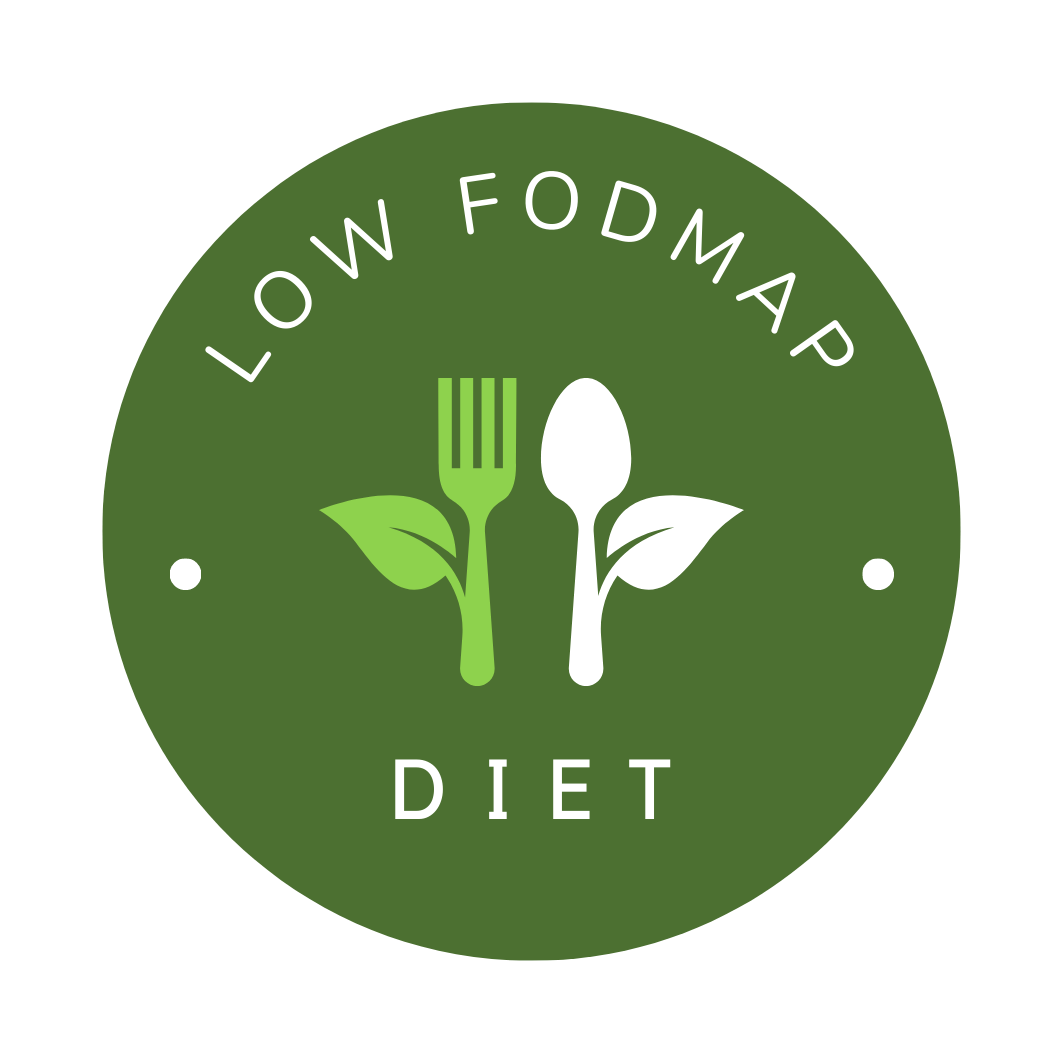A low FODMAP diet is a dietary approach that aims to reduce the intake of certain types of carbohydrates called FODMAPs. FODMAP stands for Fermentable Oligosaccharides, Disaccharides, Monosaccharides, and Polyols, which are short-chain carbohydrates that are poorly absorbed in the small intestine. When these carbohydrates are not properly absorbed, they can cause digestive symptoms such as bloating, gas, abdominal pain, diarrhea, and constipation in individuals with irritable bowel syndrome (IBS) or other digestive disorders.

The low FODMAP diet was developed by researchers at Monash University in Melbourne, Australia, and has been shown to be effective in reducing digestive symptoms in individuals with IBS and other digestive disorders. A systematic review and meta-analysis published in the Journal of Gastroenterology and Hepatology found that the low FODMAP diet was effective in reducing abdominal pain, bloating, and bowel movement frequency in individuals with IBS (https://www.ncbi.nlm.nih.gov/pmc/articles/PMC4257272/).
The diet involves eliminating high FODMAP foods from the diet for a period of time, followed by a gradual reintroduction of these foods to determine which ones trigger symptoms. There are three phases to the low FODMAP diet: the elimination phase, the challenge phase, and the maintenance phase.
During the elimination phase, high FODMAP foods are eliminated from the diet for a period of time, typically 6-8 weeks. This phase is meant to provide symptom relief and allow the gut time to heal. Some common high FODMAP foods that are eliminated during this phase include onions, garlic, beans, lentils, wheat, and dairy products (https://www.monashfodmap.com/about-fodmap-and-ibs/fodmap-food-list/).
After the elimination phase, the challenge phase begins. During this phase, high FODMAP foods are gradually reintroduced back into the diet to determine which ones trigger symptoms. This phase typically lasts 2-6 weeks and should be done with the guidance of a registered dietitian or healthcare professional.
The maintenance phase is the final phase of the low FODMAP diet and involves incorporating a variety of low and high FODMAP foods into the diet in a way that promotes symptom management. The goal of this phase is to find a balance of foods that allows for symptom control without eliminating too many nutrients from the diet.
The low FODMAP diet can be challenging to follow, as it requires careful planning and a thorough understanding of which foods are high in FODMAPs. It is important to work with a registered dietitian or healthcare professional to ensure that the diet is properly implemented and to ensure that all nutrient needs are being met.
The low FODMAP diet is a dietary approach that aims to reduce the intake of certain types of carbohydrates called FODMAPs in order to reduce digestive symptoms in individuals with IBS and other digestive disorders. The diet has been shown to be effective in reducing abdominal pain, bloating, and bowel movement frequency in individuals with IBS. The diet involves a series of phases including elimination, challenge, and maintenance, and should be followed with the guidance of a registered dietitian or healthcare professional. While the low FODMAP diet can be challenging to follow, it can be an effective tool in managing digestive symptoms and improving overall quality of life.

